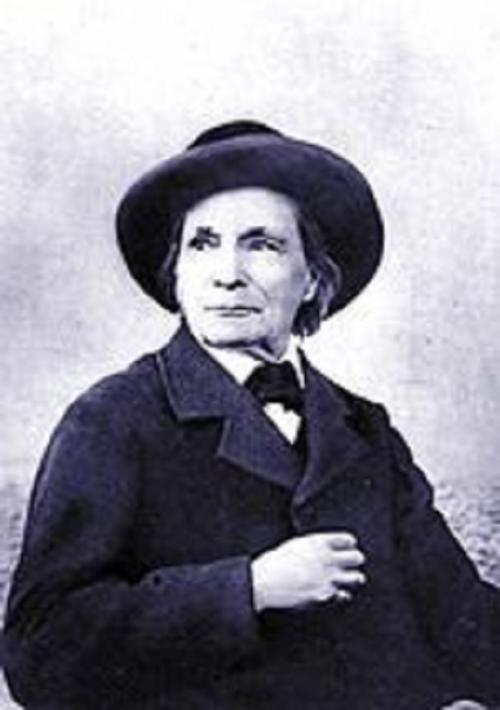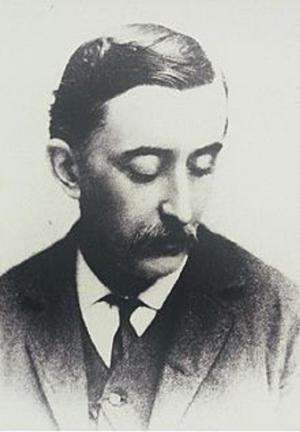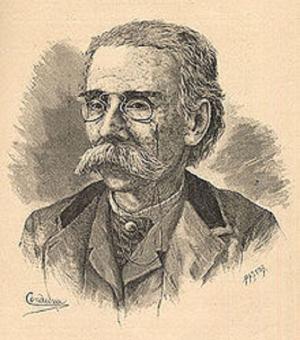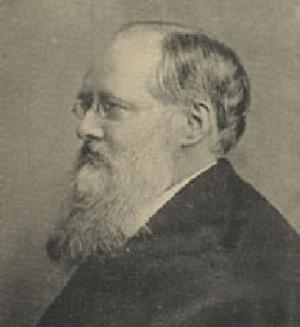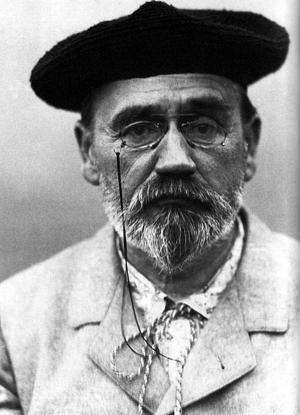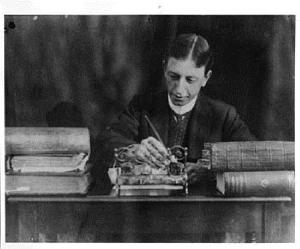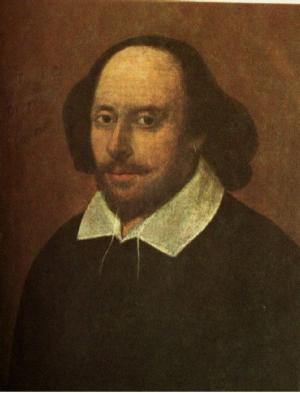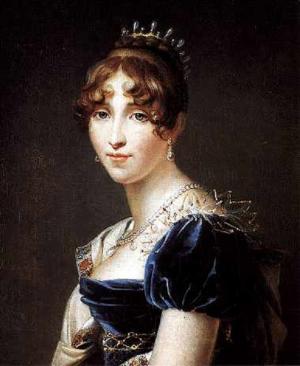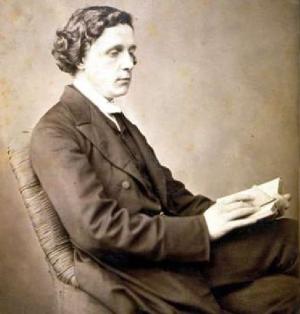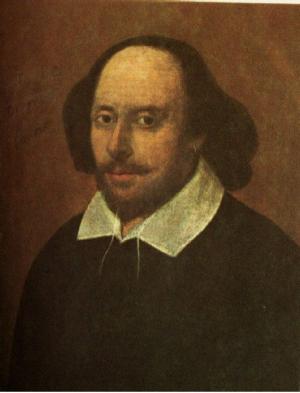| Author: | Jean Henri Fabre | ISBN: | 9781455406142 |
| Publisher: | B&R Samizdat Express | Publication: | December 15, 2009 |
| Imprint: | Language: | English |
| Author: | Jean Henri Fabre |
| ISBN: | 9781455406142 |
| Publisher: | B&R Samizdat Express |
| Publication: | December 15, 2009 |
| Imprint: | |
| Language: | English |
According to Wikipedia: "Jean-Henri Casimir Fabre (December 22, 1823 - October 11, 1915) was a French entomologist and author… Over the years he wrote a series of texts on insects and arachnids that are collectively known as the Souvenirs Entomologiques. Fabre's influence is felt in the later works of fellow naturalist Charles Darwin, who called Fabre "an inimitable observer". Fabre, however, remained sceptical about Darwin's theory of evolution, as he always restrained from all theories and systems. His special force was exact and detailed observation, field research as we would call it today, always avoiding premature general conclusions from his observations. In one of Fabre's most famous experiments, he arranged processionary caterpillars to form a continuous loop around the edge of a pot. As each caterpillar instinctively followed the silken trail of the caterpillars in front of it, the group moved around in a circle for seven days."
According to Wikipedia: "Jean-Henri Casimir Fabre (December 22, 1823 - October 11, 1915) was a French entomologist and author… Over the years he wrote a series of texts on insects and arachnids that are collectively known as the Souvenirs Entomologiques. Fabre's influence is felt in the later works of fellow naturalist Charles Darwin, who called Fabre "an inimitable observer". Fabre, however, remained sceptical about Darwin's theory of evolution, as he always restrained from all theories and systems. His special force was exact and detailed observation, field research as we would call it today, always avoiding premature general conclusions from his observations. In one of Fabre's most famous experiments, he arranged processionary caterpillars to form a continuous loop around the edge of a pot. As each caterpillar instinctively followed the silken trail of the caterpillars in front of it, the group moved around in a circle for seven days."
